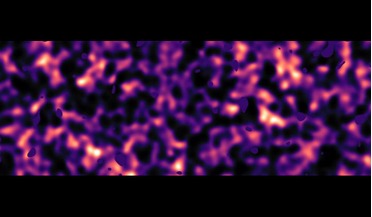 07 December 2016
Dark matter not as clumpy as previously thought
07 December 2016
Dark matter not as clumpy as previously thought
Scientists studying the nature of dark matter have used ESO's VLT Survey Telescope ... by the large-scale structure in the Universe. "This latest result indicates that dark matter in the cosmic web, which accounts for about one-quarter of the content ...
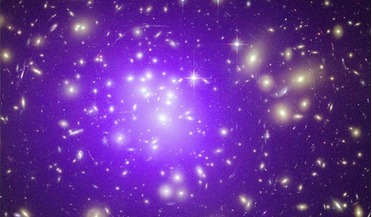 15 March 2016
Are our ideas of Dark Matter wrong?
15 March 2016
Are our ideas of Dark Matter wrong?
..., the team are suggesting that a heavy particle known as a PIDM particle (Planckian Interacting Dark Matter), should be the main contender for what dark matter consists of. In their new model, the team calculated how the required number of PIDM...
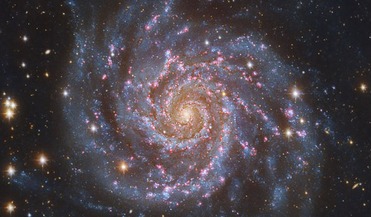 16 December 2016
Mini-spiral galaxies may transform how dark matter is perceived
16 December 2016
Mini-spiral galaxies may transform how dark matter is perceived
.... By doing this, we found a link between the structure of ordinary, or luminous matter like stars, dust and gas, with dark matter,” said Salucci. "Most dark matter, according to the most credible hypotheses, would be non-baryonic or WIMP. It would...
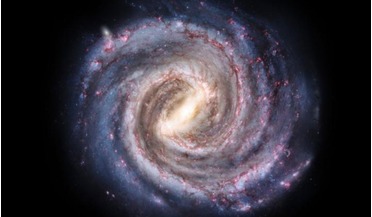 18 June 2021
The spin of the Milky Way's galactic bar has slowed by a quarter, say researchers
18 June 2021
The spin of the Milky Way's galactic bar has slowed by a quarter, say researchers
... extends well beyond its visible edge. Despite no confirmed studies proving its existence, some scientists believe dark matter must exist as observations show that galaxies behave as if they were shrouded in significantly more mass than we can...
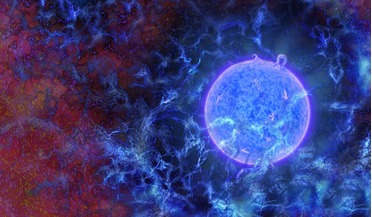 02 March 2018
Light from the Universe’s first stars detected
02 March 2018
Light from the Universe’s first stars detected
... from the first stars that shone in the Universe but have also unexpectedly stumbled upon "dark matter,” the mysterious matter that does not absorb, reflect or emit light and is roughly six times more abundant than...
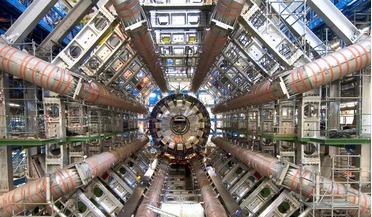 16 August 2016
Have researchers uncovered a fifth fundamental force?
16 August 2016
Have researchers uncovered a fifth fundamental force?
... the strong and weak nuclear forces – and would have consequences for the unification of forces and dark matter. "If true, it's revolutionary," said Jonathan Feng, professor of physics & astronomy and lead author of the research paper that...